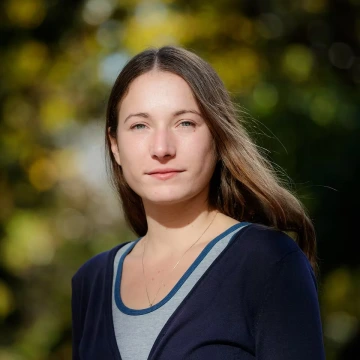Dalya Baron, Stanford University

When
Refreshments served in the 3rd floor atrium
TAP Computation & Data Initiative Lecture
Dalya Baron, Stanford University
Title: From Data to Insight: Machine-assisted Discoveries in the Big Data Era in Astronomy
Abstract: Throughout history, new observations of the night sky have led to groundbreaking discoveries, often resulting in paradigm shifts in astronomy. Over the past few decades, astronomy has been going through a data revolution, with numerous large surveys mapping astronomical sources across wavelengths from radio to X-ray, and in some cases, as a function of time. In addition to the exponential growth in the number of observed sources, this revolution has brought the “blessing of dimensionality” — a significant expansion in the discovery space. These information rich datasets provide an opportunity to form novel hypotheses directly from the data, a core approach in the field of data science. In this talk, I will describe how data science tools can be used to expedite the discovery process, by transforming the data into a low-dimensional space where simple trends or groups can be identified, or by identifying anomalous groups that may represent new types of objects. I will demonstrate their use in two sub-fields of astronomy: (i) galaxy evolution, where we identify galaxies in a rapid transition from starburst to quiescence, and (ii) the interstellar medium, where we discover a new universal relation between multiphase gas tracers that implies an emerging simplicity in the complex ISM. Throughout the talk, I will emphasize our efforts to move from the initial discoveries to physical insight using follow-up observations, analyses, and modeling, highlighting the bigger-picture scientific implications of our findings.
Bio: I am an AI+Astro research scientist at Stanford University, and part of the newly-founded Center for Decoding the Universe, whose goal is to answer the biggest questions about our Universe using data science and AI techniques. Prior to that, I was a Carnegie-Princeton fellow at Carnegie Observatories. I am an observational astronomer, and have been using different telescopes to observe galaxies and their multiphase gas and dust across the electromagnetic spectrum. I am interested in how galaxies transition from starburst to quiescence, and the impact of accreting supermassive black holes on their host galaxies’ evolution. I am also studying the physics on the multiphase interstellar medium on ~100 pc scales in the nearby Universe, across stellar mass and metallicity. I have been fascinated by data science and machine assisted discovery, where I have been developing and using machine-learning algorithms to identify novel phenomena and unknown trends in large astronomical datasets.
Links:

